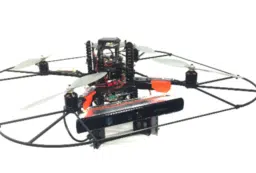Canberra scientists have unravelled the origin of stars found in the ‘peanut’ of our galaxy, questioning previously held theories about galactic collisions.
Melissa Ness and her team at the Australian National University used data from the Anglo-Australian Observatory in Siding Spring to show that the stars in the central bulge of our galaxy were the product of a more peaceful migratory past.
“These bulge stars are probably not a special population formed in a galaxy collision, as once thought,” says Melissa. “They are just ordinary stars from the Milky Way disk, who have become inter-space travellers and have migrated to a central part of our galaxy a long time ago.”
Computer simulations of the universe predict that galaxies have had an active past of merging and colliding with other galaxies, building up a central bulge of stars in the process. However, the central bulge in our galaxy is small, peanut shaped and does not look like the outcome of a crash with a galactic neighbour.
“Peanut-shaped bulges are seen to form in simulations where galaxies have led a quieter life,” says Melissa.
She says the question they now face is why there are so many galaxies, like the Milky Way, with bulges that point to a peaceful past, when simulations of the entire universe poi





 Fresh Science is on hold for 2022. We will be back in 2023.
Fresh Science is on hold for 2022. We will be back in 2023.